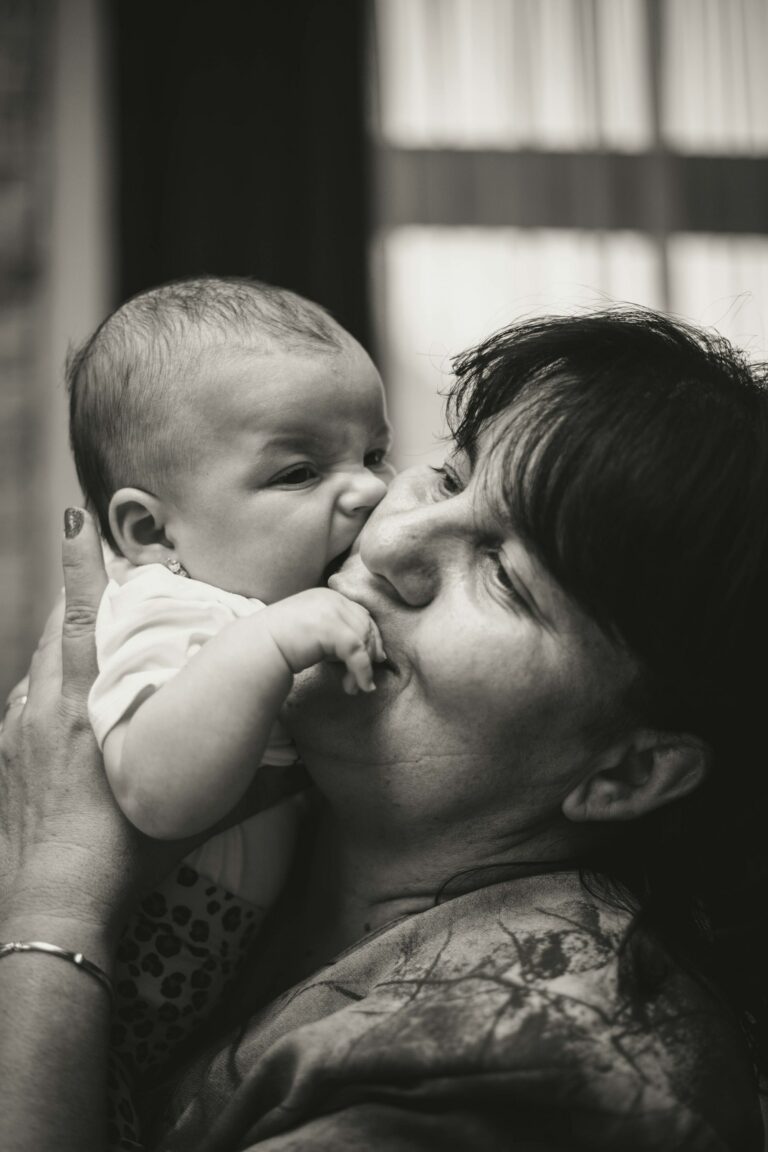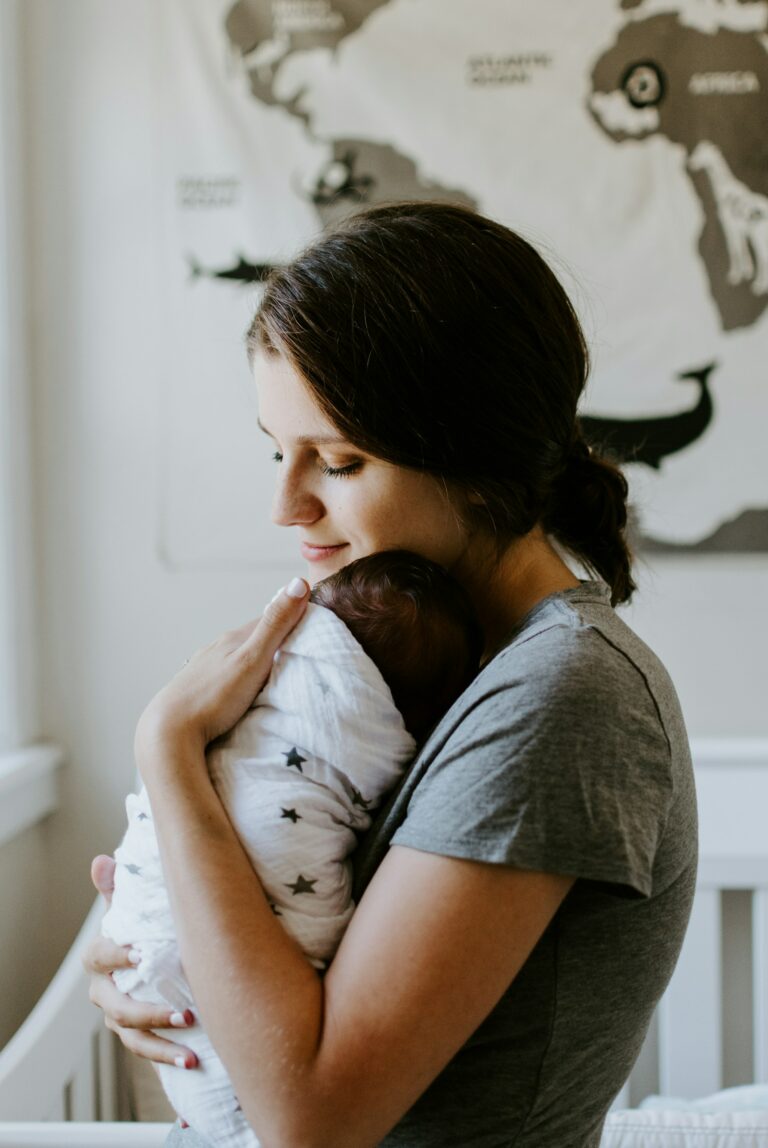Understanding how your baby sleeps can sometimes feel like unraveling a puzzle—pieces scattered, rhythms uncertain, everything shifting just as you thought you had things figured out. Bleary-eyed nights, unpredictable days, and the perpetual question: “Is my baby getting enough sleep?” Enter the baby sleep chart—not a magic wand, but a practical compass, illuminating not only numbers and nap times but also developmental clues and subtle signals from your child’s body and brain. Sleep, for babies, is more than just rest: it’s the scaffolding for neurological wiring, immune system fortification, and emotional regulation. So, what can a baby sleep chart actually reveal? How can observing patterns, interpreting cues, and adjusting routines support healthier sleep—and more peaceful evenings—for your family? Let’s take a closer look at the many variables that shape sleep in infants and toddlers, from biological underpinnings to real-world solutions, and explore how data-driven, compassionate strategies can empower you to respond with confidence.
What Is a Baby Sleep Chart and Why Does It Matter?
Imagine, for a moment, a visual snapshot—a baby sleep chart representing naps, night wakings, total sleep hours, wake times, and even feeding moments, all mapped out across days or weeks. This isn’t just a log; it’s a dynamic record with practical, evidence-based implications. Baby sleep charts allow parents to see patterns emerging, helping them establish sleep routines that match their child’s evolving physiology. By noticing, for example, that your 6-month-old consistently shows fatigue after 2 hours of wakefulness, you can pre-empt overtiredness—a common driver of fussiness and fragmented nights.
The science speaks loudly here: sleep in the first years of life is tightly linked to brain maturation, immune development, and psychological resilience. Shifts in sleep duration or napping structure often coincide with developmental leaps—sometimes called “sleep regressions”—as the brain undergoes accelerated synaptic growth or refines circadian rhythm (the internal 24-hour clock). Using a baby sleep chart doesn’t just reduce parental stress by offering reassurance—it also supplies a gentle feedback loop, guiding adjustments without anxiety or self-blame.
The Architecture of Baby Sleep: Phases, Cycles, and Biological Rhythms
Navigating the Sleep Phases
It’s easy to assume that all sleep is alike. Not so, especially in infancy. Babies oscillate between quiet sleep (a phase of deep rest, also known as non-REM, marked by slow, regular breathing and very little movement) and active sleep (REM or rapid eye movement, when the brain bursts with activity, dreams may occur, and twitching is common). While adults enjoy sleep cycles lasting 90–120 minutes, a newborn’s cycle can clock in as short as 50 minutes—resulting in frequent brief awakenings that puzzle many parents.
As months go by, sleep cycles lengthen. By six months, your baby might edge closer to the 60–90-minute cycle typical of childhood. This developmental milestone coincides with reduced night feeds, increased ability to self-soothe, and more consolidated nighttime rest.
How Sleep Changes as Your Baby Grows
The numbers behind a baby sleep chart are neither arbitrary nor fixed—they reflect underlying neurodevelopmental changes.
- 0–3 Months: Expect 14–18 hours of sleep spread across day and night, without a strong circadian pattern. Multiple short naps, no regular bedtime.
- 4–6 Months: Sleep becomes more organized—nights stretch up to 10 hours, typically interrupted for feeding, while 3–4 naps remain necessary for brain recovery.
- 6–12 Months: Total requirement drops slightly to 12–15 hours. Circadian rhythm matures: darkness and routine signal “sleep time.” Naps consolidate to 2–3.
- 1–2 Years: Only 1 nap, usually in the afternoon, as nighttime sleep rises to 11 hours. Toddlers begin to resist bedtime—part of emerging autonomy, not “misbehavior.”
- 3–5 Years: Naps dwindle and then vanish by around age 4. Total sleep needs: still 10–13 hours, with nighttime rest paramount.
What does this look like in practice? A well-structured baby sleep chart can demystify sudden changes—whether that’s a spike in night waking from teething, or nap resistance surrounding a new milestone like walking.
Decoding Sleep Cues and Patterns: Science and Observation
Parents are often told to “watch for cues,” but what does this mean in practice? Early sleep cues—rubbing eyes, turning away, zoning out during play—precede the more obvious (and sometimes overwhelming) late cues like crying and back-arching. Catching your baby at the “sweet spot”—when melatonin (the sleep-promoting hormone) rises but before cortisol (the stress hormone) peaks—facilitates easier transitions and avoids overtiredness (a buzzword in sleep science referring to a state where the body becomes wired, not sleepy).
By consistently filling out a baby sleep chart, you’ll begin to spot these regularities quickly. Sometimes, what feels “random” can, in fact, reveal an underlying pattern once charted. For example, do wake-ups cluster after a particularly stimulating afternoon? Does a skipped nap always mean a rough bedtime? Data meets intuition here—quantitative observation supporting instinct.
What Factors Shape Baby Sleep? Medical, Environmental, and Developmental Influences
Raising a well-rested child depends on many moving parts, not a single “correct” strategy. Let’s break these down:
- Environment: A cool, completely dark room signals the brain to produce melatonin. White noise can mask household sounds, offering a steady auditory signal of “rest time.”
- Routine: Consistency fosters security—bath, gentle massage, dim lights, lullabies. These rituals serve as sleep cues themselves, as shown by studies in pediatric sleep medicine.
- Feeding: Adequate daytime nutrition is indispensable. Night feeds gradually decrease as the baby begins to consume more during the day, usually after 6 months (except in some cases of medical need).
- Developmental Leaps: From learning to roll to teething, each milestone can disrupt established patterns temporarily. Charting these events alongside your baby sleep chart enables a calmer response—“Ah, regression at 4 months, likely linked to rapid neurological maturation.”
- Illness or Discomfort: Ear infections, reflux, or colds can interrupt even the best-managed sleep. When in doubt, medical input is always wise.
Using a Baby Sleep Chart: Practical Strategies and Tips
- Consistency Is Key: Aim to log both daytime and nighttime sleep for at least seven days. Look for averages, not outliers.
- Adapt to Shifting Needs: Sleep requirements change unexpectedly. Some babies may temporarily need more rest—illness, growth spurts, travel, or emotional upheaval all play a role.
- Share the Chart: A well-documented baby sleep chart becomes especially valuable when multiple caregivers are involved, fostering continuity across different routines or environments.
- Combine Observation and Data: Numbers can’t tell the full story—always pair your chart with parental observation. Consider aspects like temperament, medical history, and family dynamics.
Printable templates, journals, and digital apps such as Glow Baby, Huckleberry, and many others offer user-friendly interfaces to track sleep in real time. Prefer analog? Not a problem—a paper chart or simple spreadsheet works just as well.
Baby Sleep Challenges: Scientific Explanations and Responsive Solutions
Night Wakings and Difficulty Settling
Frequent nighttime awakenings can result from a range of underlying factors: hunger, need for physical comfort, developmental phase, or simply transitioning between sleep cycles. Most infants under 6 months should be expected to feed at least once overnight. If waking persists beyond what’s medically expected, a thorough review with a pediatrician may be warranted to rule out conditions like reflux, sleep apnea, or allergies.
To support smoother transitions, consider:
- Allowing short pauses before intervening, giving your baby a chance to self-soothe.
- Minimizing stimulation during night wakings: keep lights dim, voices soft, movements gentle.
Navigating Sleep Regressions
Sleep regressions—periods when a baby suddenly seems to “forget” how to sleep—often coincide with periods of rapid brain development. These are frustrating but temporary. High-quality studies reassure us that sleep will generally return to baseline once the leap has stabilized.
Logically, this is where a baby sleep chart proves most invaluable. Comparing your child’s patterns across weeks reveals progress that a sleep-deprived brain might easily miss.
Techniques to Foster Healthy Sleep: What Science Recommends
- Gradual Self-Soothing Methods: The much-discussed “5-10-15” protocol involves waiting 5, then 10, then 15 minutes (or another personalized interval) before comforting your baby at bedtime. For infants over 6 months, evidence suggests graded techniques promote independent sleep, provided that basic needs are consistently met and that parents remain emotionally available.
- White Noise and Transitional Objects: After 6 months, a small comfort object may aid sleep. Always ensure any sleep aid is age-appropriate to minimize SIDS risk (Sudden Infant Death Syndrome).
- Room Sharing: The American Academy of Pediatrics recommends that babies sleep in the same room as parents, on a separate sleep surface, for at least the first six months. This proximity supports regulatory mechanisms (like temperature and breathing) and reassures both baby and parents.
Safety First: Medical Recommendations for Safe Baby Sleep
Some basics are worth reiterating, no matter how familiar they may seem:
- Placement: Always position your baby on their back for every sleep, including naps. This dramatically reduces SIDS risk by keeping the airway open.
- Sleep Surface: Use a firm mattress, fitted sheet, and an empty crib—no pillows, blankets, or toys until at least 12 months.
- Room Environment: Maintain a temperature of 68–72°F (20–22°C). Overheating is associated with increased sleep-related risks. Keep cords and monitor wires well out of reach.
These recommendations are directly supported by robust epidemiological research. If you’re ever uncertain about safe sleep practices, consult your pediatrician without hesitation.
Baby Sleep Chart Examples and Customization
A baby sleep chart can take simple or sophisticated forms. A typical template displays 24-hour slots segmented for sleep, feeds, and wake time, enabling trends to be spotted at a glance.
| Age (Months) | Total Sleep (hrs) | Night Sleep (hrs) | Naps per Day | Typical Wake Window |
|————–|——————|——————-|————–|——————–|
| 0–3 | 14–18 | 7–9 | 3–5 | 35–90 min |
| 4–6 | 14–16 | 8–10 | 3–4 | 60–120 min |
| 6–12 | 12–15 | 9–11 | 2–3 | 2–3 hrs |
| 1–2 years | 11–14 | 11 | 1–2 | 3–5 hrs |
| 3–5 years | 10–13 | 10–13 | 0–1 | 5–6 hrs |
Regularly updating your baby sleep chart allows ongoing adaptation—especially after illness, vaccinations, travel, or developmental transitions. Personalized, responsive care remains the foundation.
Key Takeaways
- Use a baby sleep chart as a foundation for responsive, evidence-based practices—these visual tools clarify needs that are easily missed during sleepless weeks.
- Sleep in infants and toddlers is a rapidly changing landscape—biological rhythms, environmental factors, and developmental signals intersect in complex ways.
- Recognizing early sleep cues, maintaining a safe sleep environment, and adjusting routines with medical guidance lay the groundwork for lifelong healthy sleep.
- Adaptation is not failure; flexibility in routines, informed by observation and reliable data, fosters healthier, happier families.
- If uncertainty or persistent sleep issues arise, contact a healthcare provider—timely input can provide reassurance and solutions tailored to your child’s unique profile.
Empower yourself as a parent by using science, compassion, and practical observation. For personalized advice and free health questionnaires for children, download the Heloa application. Remember, support, credible information, and empathetic care are always within reach—every family’s journey to restful nights is an evolving, deeply personal adventure.
Questions Parents Ask
How do I know if my baby is sleeping too much or not enough?
Every baby is unique and sleep needs can vary from one child to another. If you notice that your baby seems unusually sleepy during wake times, is difficult to rouse for feeds, or on the contrary, seems overtired and cranky much of the day, it may be worthwhile to observe their sleep patterns for a few days. Most babies find their rhythm naturally, but if you have concerns about excessive sleepiness or consistent trouble settling, consider discussing it with your pediatrician. Remember, some variations from averages are normal—what matters most is your baby’s well-being and alertness when awake.
Should I wake my baby from naps to protect nighttime sleep?
It can be tempting to let your baby nap as long as they like, especially if you have a rare quiet moment. However, very long naps—especially late in the day—may affect nighttime sleep in some children. If you find your baby is difficult to settle at night or regularly wakes very early, gently shortening the last nap or providing a consistent bedtime routine can help restore balance. Trust yourself and observe your baby’s cues: a flexible, responsive approach, rather than a rigid schedule, often leads to smoother nights. And rest assured, occasional disruptions are completely normal and won’t set back healthy sleep patterns in the long term.
Is it normal for my baby’s sleep to change suddenly?
Absolutely, it is common for babies’ sleep habits to shift abruptly as they grow. Changes in sleep duration, nap schedules, or nighttime waking often occur during phases of rapid development, teething, or after an illness or travel. These changes, while sometimes challenging, are usually temporary. If disruptions persist or you’re worried, don’t hesitate to seek guidance from a health professional—you’re not alone and there are always reassuring solutions to support your baby’s well-being.









